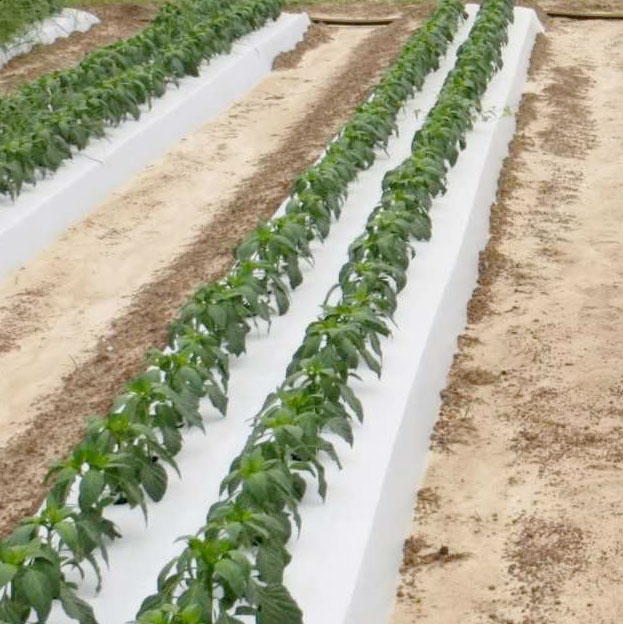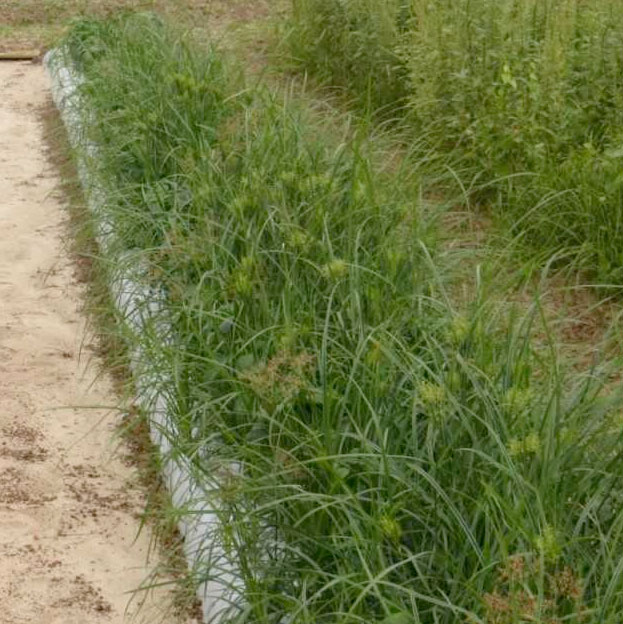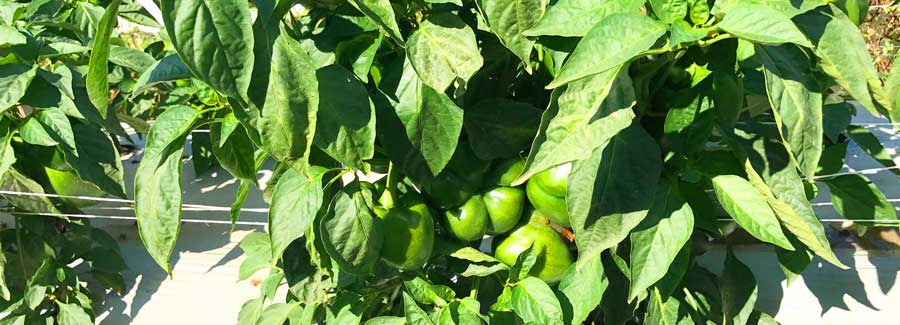Peppers need crop rotation, early spring planting, and soil fumigation for disease control.


Pepper plants often share soil with other vegetables and have more flexibility when it comes to crop rotation and field management. However, these vegetable beds become an environment for diseases and pathogens. Peppers are planted in the early spring for the spring harvest. In cooler climates, fumigation may be applied in the fall after the last crops are harvested but before the weather gets too cold and it greatly reduces the disease and pest populations before the spring planting. Soil fumigation in pepper production is commonly used to manage Fusarium Wilt, Verticillium Wilt, Phytophthora Root Rot as well as nematodes. Some of these problems are difficult to manage without the use of soil fumigation.
